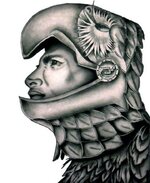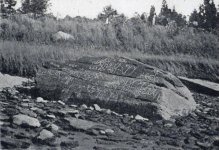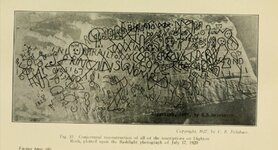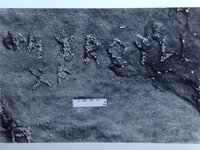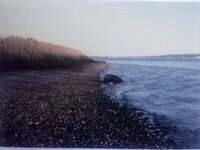unclemac
Gold Member
- Oct 12, 2011
- 7,025
- 6,924
- Primary Interest:
- Beach & Shallow Water Hunting
Origin of ?Spanish Armor,? Said to Have Been Found in Texas Desert, Stumps Scientists | Western Digs
not really native American..but close...I hadn't ever heard of this before.
not really native American..but close...I hadn't ever heard of this before.
Upvote
0


